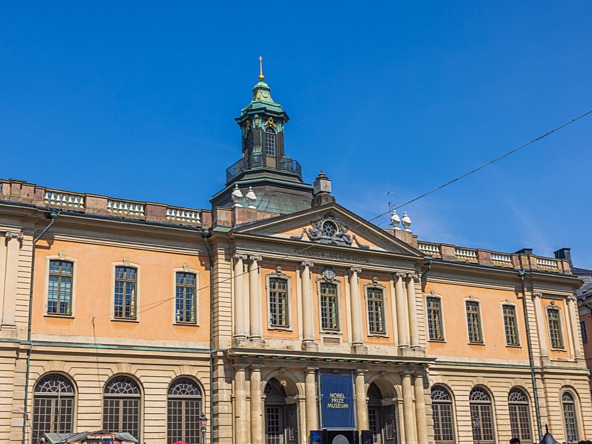NEWS9 October 2024
All MRS websites use cookies to help us improve our services. Any data collected is anonymised. If you continue using this site without accepting cookies you may experience some performance issues. Read about our cookies here.
NEWS9 October 2024
SWEDEN – The Nobel Prize in Physics 2024 has been awarded to Geoffrey Hinton and John Hopfield for their work building the foundations of machine learning.

Hopfield won for creating an associative memory that can store and reconstruct images and other types of patterns in data, while Hinton invented a method that can autonomously find properties in data, and so perform tasks such as identifying specific elements in pictures.
Both Hopfield and Hinton were deemed by the Nobel Committee to have carried out important work in the development of artificial neural networks from the 1980s onwards.
Artificial neural networks were originally inspired by the structure of the brain, with the brain’s neurons represented by nodes that have different values.
These nodes influence each other through connections that can be likened to synapses and which can be made stronger or weaker, and with the network able to then be trained.
Hopfield invented a network that uses a method for saving and recreating patterns. The network uses physics that describes a material’s characteristics due to its atomic spin – a property that makes each atom a tiny magnet.
The network as a whole is described in a manner equivalent to the energy in the spin system found in physics, and is trained by finding values for the connections between the nodes so that the saved images have low energy.
When the Hopfield network is fed a distorted or incomplete image, it methodically works through the nodes and updates their values so the network’s energy falls. The network thus finds the saved image that is most like the imperfect one it was fed with.
Hinton used the Hopfield network as the foundation for the Boltzmann machine, which can learn to recognise characteristic elements in a given type of data.
Hinton used tools from statistical physics, the science of systems built from many similar components, and the machine is trained by feeding it examples that are very likely to arise when the machine is run.
The Boltzmann machine can be used to classify images or create new examples of the type of pattern on which it was trained, with Hinton having subsequently built upon this work and helping to initiate the development of machine learning.
Ellen Moons, chair of the Nobel Committee for Physics, said: “The laureates’ work has already been of the greatest benefit.
“In physics we use artificial neural networks in a vast range of areas, such as developing new materials with specific properties.”
Related Articles
0 Comments